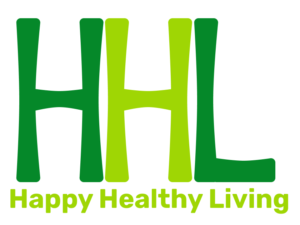GMO Food Explained
What is GMO?
GMO food explained. There is a lot of talk about how GMO (Genetically Modified Organism) foods may effect your health but what are GMO foods and why are they a significant part of our food supply?
A Bit of GMO History
The first marketable GMO appeared in 1982 with the production of Humilin which is a genetically modified E. coli gene created to produce insulin for people with diabetes. In 1994 the first GMO food was introduced. This was the Flavr Savr tomato that was designed for a longer shelf life that regular tomatoes.
Since 1994 the genetically engineered food product availability has increased to include more than 70% of the food products that you get in a typical grocery store. Items such as soda, soups, crackers and almost anything that has been highly processed or contains corn or soy have a high level of GMO. Up to 85% of corn grown in the U.S. is genetically modified, 91% of soybeans and 88% of cotton.
Some examples of non-food GMO products are insulin, synthetic thyroid hormones, Aspartame and the hepatitis B vaccine.
Biggest GMO Food Producers
The largest producers of GMO seeds are Monsanto at 27%, Dupont at 17%, and Syngenta with 9% market share. Monsanto has been around since 1901 and is a multi-billion dollar company with a lot of business and political power. See who is on the Monsanto board of directors here.
GMO vs Hybridization
The basic difference between GMO and hybrid foods are that GMO foods are made in a lab and can be a combination of unrelated products such as a corn gene and an insecticide poison gene. The biggest reason to genetically modify foods are to make more food and make it faster. Farmers can make more food if the food contains the pesticide that kills the pests. GMO foods have only been available since the mid-1990s.
Hybrid foods are a combination of two similar type of the same food like two different strains of tomato. This can be produced naturally but in most cases it is the result of human experimentation with foods. The main reason for hybrid foods are to get different flavors, colors or size from the food. Hybrid foods have been around since the beginning of agriculture.
Who Really Controls The Food Supply
It’s easy to say that the big food companies control the food supply and we have no choice but that is completely wrong. The power is with the consumer.
Here is a great example that I have observed lately. Not long ago you wouldn’t find one #organic product in Walmart and now they have a reasonable selection of organic produce. This is not because they care about their customers. This is because there is a great demand from their customers and they can make more money.
The consumer has the power. The hard part is knowing the truth from the disinformation that is prevalent in our information culture. If you want to get more involved and educated about GMOs then check out The Non-GMO Project
Resources:
We all have a choice and there are plenty of healthy food options available.






Leave a Reply
Want to join the discussion?Feel free to contribute!